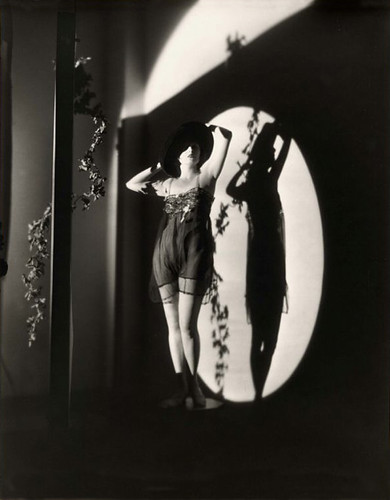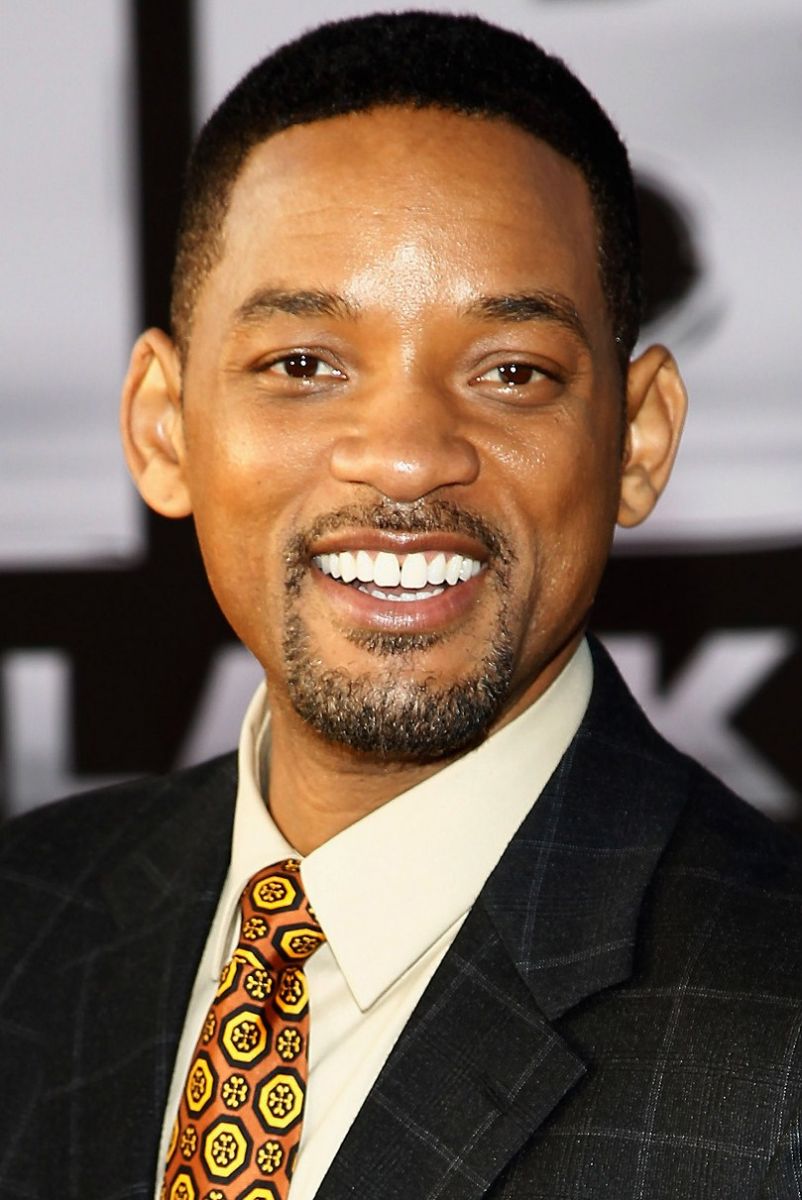
Ever found yourself utterly mesmerized by an actor on screen or stage, completely convinced by the raw emotion pouring from them – perhaps a torrent of tears that feels incredibly, shockingly real? You watch them, tears streaming, hearts breaking, and you can’t help but wonder: How *do* they do that? Is there some secret, simple acting trick that allows them to turn on the waterworks, or any deep emotion, whenever the director calls ‘Action!’?
Well, buckle up, because we’re diving deep into the fascinating world of acting! While the idea of a single ‘magic trick’ to cry on command is a captivating one, the reality is far more intricate and, frankly, much more impressive. It’s not about a superficial hack; it’s about a profound mastery of craft, extensive training, and a deep understanding of the human condition. Actors don’t just ‘pretend’ to feel; they cultivate an emotional facility that allows them to access and portray authentic feelings with breathtaking precision.
In this in-depth exploration, we’re pulling back the curtain on the fundamental techniques and rich history that empower performers to bring such powerful emotions to life. Think of these as the ‘tricks’ – the deeply ingrained skills and methodologies – that professionals hone over years, enabling them to connect with characters and audiences on a truly visceral level. We’re going to unpack 14 essential aspects of acting that contribute to this incredible ability, starting right now with the very essence of what it means to act.
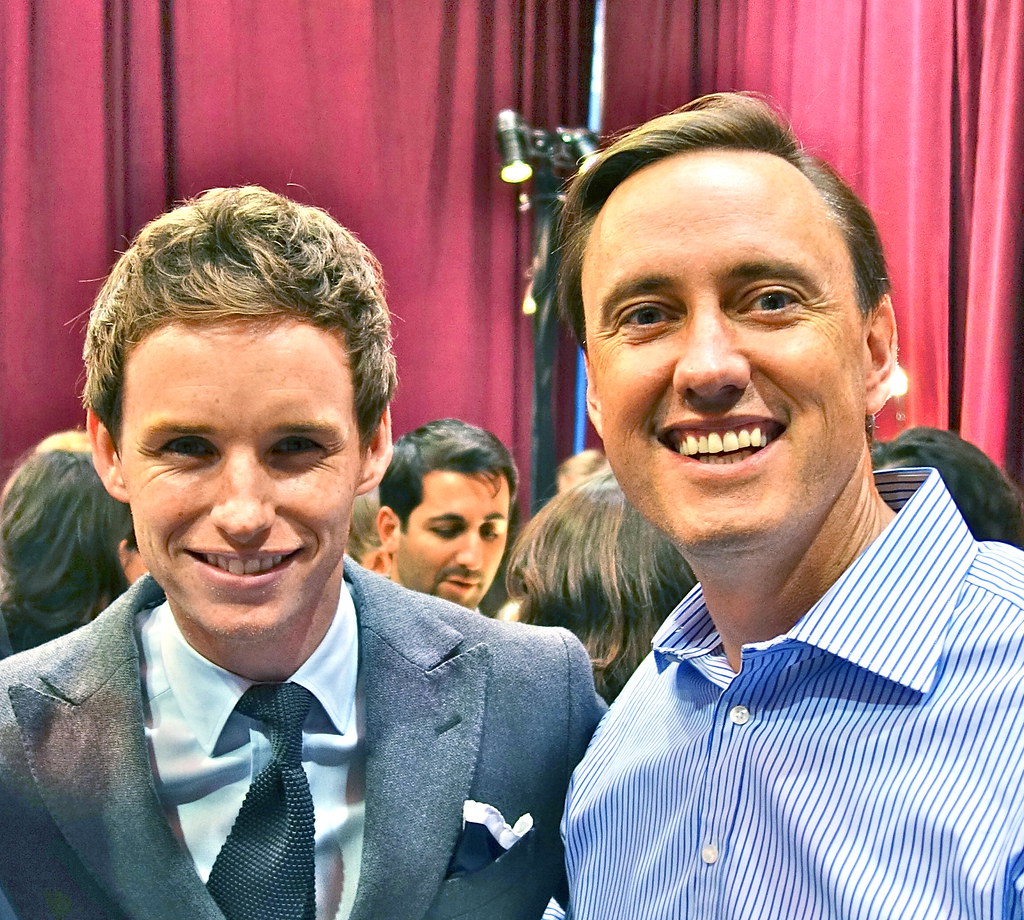
1. **The Essence of Acting: Storytelling Through Character Enactment**At its very core, acting is a powerful form of storytelling, one that relies on human enactment rather than mere narration. It’s an activity where “a story is told by means of its enactment by an actor who adopts a character—in theatre, television, film, radio, or any other medium that makes use of the mimetic mode.” This definition highlights the transformation an actor undergoes, stepping into another’s shoes to bring their narrative to life.
This isn’t just about reciting lines; it’s about becoming a vessel for the character’s entire being. The actor embodies their thoughts, emotions, and lived experiences, creating a bridge between the fictional world and the audience’s reality. This creative act of mimesis, or imitation, is what distinguishes enacted storytelling from simply describing an event.
Without this fundamental understanding of what acting truly is, the pursuit of techniques—even those for expressing profound emotion—would lack a solid foundation. The goal is always to serve the story and the character, making their journey believable and impactful for everyone watching.

2. **Unpacking Core Acting Skills: Imagination and Emotional Facility**So, what does it take to truly embody a character and make audiences feel what they feel? It involves a broad spectrum of skills that go far beyond natural talent. The craft demands “a well-developed imagination, emotional facility, physical expressivity, vocal projection, clarity of speech, and the ability to interpret drama.” These are the bedrock upon which any powerful performance is built.
Of these, “emotional facility” is especially key to unlocking those deeply moving moments, like crying on cue. It refers to an actor’s ability to readily access, understand, and control their own emotions to serve the character’s journey. This isn’t about faking it; it’s about having a deep emotional reservoir that can be tapped into intentionally and authentically.
Beyond raw emotional access, acting also requires a sharp “imagination.” This skill allows performers to create entire worlds, backstories, and inner lives for their characters, filling in the gaps that the script might not explicitly detail. This imaginative work, combined with emotional control, is what truly brings a character’s internal landscape to vivid, believable life.
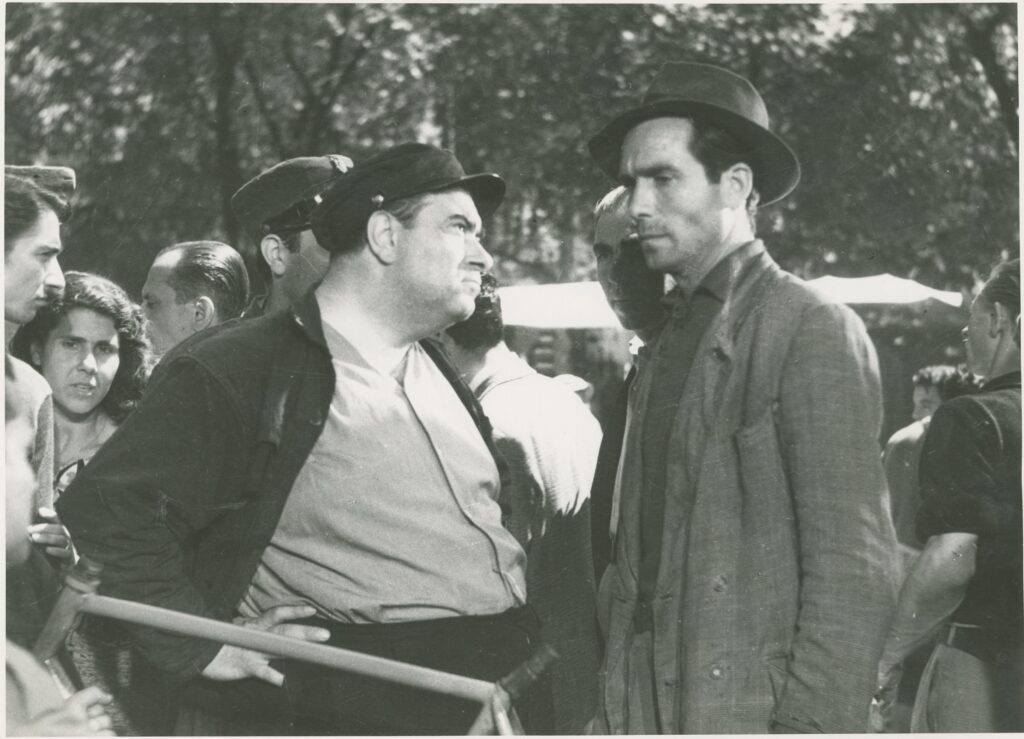
3. **From Ancient Greece to Modern Stages: The Enduring Legacy of Thespis**To truly appreciate the art of acting, it’s fascinating to look back at its origins. The very concept of an actor stepping out of a chorus and portraying a distinct character dates back to ancient Greece. One of the first known actors was an ancient Greek called Thespis of Icaria in Athens, whose name lives on in the word “thespian.”
Aristotle, in his *Poetics* (c. 335 BCE), recounts how Thespis revolutionized storytelling by stepping out of the dithyrambic chorus. Before him, choruses narrated events, saying things like, “Dionysus did this.” Thespis, however, spoke *as* the character, declaring, “I am Dionysus, I did this.” This shift from narration (“diegesis”) to enactment (“mimesis”) was monumental.
This historical leap established the actor as a distinct entity, capable of embodying a role rather than simply recounting a tale. It laid the groundwork for all subsequent theatrical development and underscores the fundamental human desire “to imitate in play as an essential part of being human and our first means of learning as children.” This inherent mimetic instinct is what actors harness, connecting their craft to the deepest parts of human experience.
Read more about: 14 Core Pillars: Unpacking the Actor’s Journey from Ancient Stages to Modern Stardom and Career Realities

4. **The Blueprint of Performance: Stanislavski’s System and Method Acting**If you’ve ever heard actors talk about “getting into character,” chances are they’re drawing from principles pioneered by Konstantin Stanislavski. His ‘system’ of actor training forms the basis for most professional training in the West, offering a structured approach to understanding and portraying characters authentically. It’s a true blueprint for believable performance.
Stanislavski’s ideas were further developed and popularized in America as “method acting” by influential figures like Lee Strasberg, Stella Adler, and Sanford Meisner. These techniques delve deep into an actor’s psychological and emotional life, teaching them to connect personal experiences and emotions to their characters. This intensive psychological approach is crucial for achieving emotional states like crying convincingly, as it trains actors to access genuine feeling rather than just simulating it.
Training under these systems involves rigorous work in “textual interpretation, voice, and movement,” but also focuses heavily on “psychotechnique.” This systematic approach to developing an actor’s inner world allows them to create fully realized characters, making their emotional expressions feel incredibly real. It’s the kind of intensive study that enables actors to portray complex emotions with nuanced control.
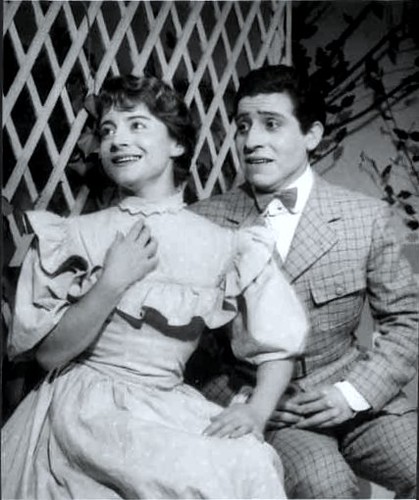
5. **Beyond the Mind: Physically Based Approaches to Performance**While Stanislavski’s system delves into the internal world of the actor, other influential approaches emphasize the physical. Theatre practitioners like Anne Bogart, Jacques Lecoq, Jerzy Grotowski, and Vsevolod Meyerhold have championed a more physically based orientation to actor training. These methods recognize that emotional expression is not solely an internal process but is deeply intertwined with the body.
These physically demanding techniques explore how posture, gesture, rhythm, and movement can unlock character and emotion. Classes might include “mask work” and “physical theatre,” teaching actors to use their bodies as expressive instruments. The idea is that an emotion isn’t just *felt* inside; it’s *expressed* through the entire physical being, making the portrayal richer and more immediate.
By integrating physical training with emotional work, actors gain a more holistic command over their performance. This comprehensive approach ensures that when a character is experiencing deep sorrow or joy, every fiber of the actor’s being communicates that truth. It’s about bringing the whole self to the role, allowing emotional states to manifest physically in a way that resonates profoundly with the audience.

6. **The Freedom of Spontaneity: Harnessing the Power of Improvisation**Sometimes, the most authentic moments in acting spring from spontaneity. Improvisation, a technique that involves creating performance without a pre-written script, is a vital tool in an actor’s arsenal. Some classical forms, like the commedia dell’arte with its masked comedy, famously relied on a substantial element of improvised performance.
This freedom of creation allows actors to respond authentically in the moment, fostering a keen awareness and responsiveness that can be channeled into scripted work. Stanislavski himself incorporated improvisation into his ‘system’ with his First Studio of the Moscow Art Theatre, understanding its power to develop genuine interaction and character depth. Later, innovators like Joan Littlewood in the UK and Viola Spolin in the US further championed its use, emphasizing the idea that “playing games was a useful means of training actors.”
Improvisation demands an “open mind in order to maintain spontaneity, rather than pre-planning a response.” This skill is incredibly valuable for emotional authenticity, as it teaches actors to trust their instincts and react truthfully to unfolding circumstances, even within the confines of a script. It also serves a practical purpose, sometimes used “to cover up if an actor or actress makes a mistake,” transforming potential errors into moments of creative problem-solving.
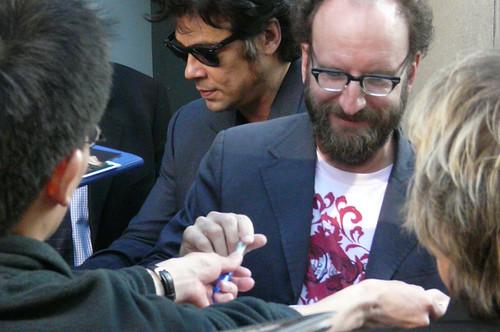
7. **Facing the Footlights: Mastering Stage Fright and Physiological Control**Even the most seasoned actors can feel the jitters, especially when a spotlight hits. Performing in front of an audience can induce “stage fright,” a common form of stress that manifests with symptoms like “increased heart rate, increased blood pressure, and sweating.” But mastering these physiological responses is another crucial ‘trick’ in an actor’s journey to consistent, impactful performance.
While all actors, regardless of experience, tend to show “similarly elevated heart rates throughout their performances,” studies reveal a fascinating distinction. More experienced actors display “less heart rate variability” than their less experienced counterparts. This suggests that while the excitement of performance is always present, seasoned professionals have developed adaptive strategies to regulate their anxiety more effectively.
Through increased training and repeated exposure to public performance, actors can achieve a more “calmer and more relaxed physiology.” This ability to manage the body’s stress response is incredibly important, not just for personal well-being, but for maintaining the focus and control needed to deliver emotionally demanding scenes, making it easier to access and project intense feelings like sorrow without being overwhelmed by personal anxiety. The repeated practice fundamentally reshapes how the body and mind respond under pressure.
Okay, so we’ve pulled back the curtain on the incredible foundational skills that allow actors to portray emotions so convincingly, like turning on those tears! But hold on, the journey into the actor’s world gets even more mind-blowing. We’re not just talking about techniques; we’re diving into the creative artistry, the behind-the-scenes hustle, and even the surprising psychological benefits of stepping into someone else’s shoes. Get ready for seven more revelations that prove why acting is way more than just a job!
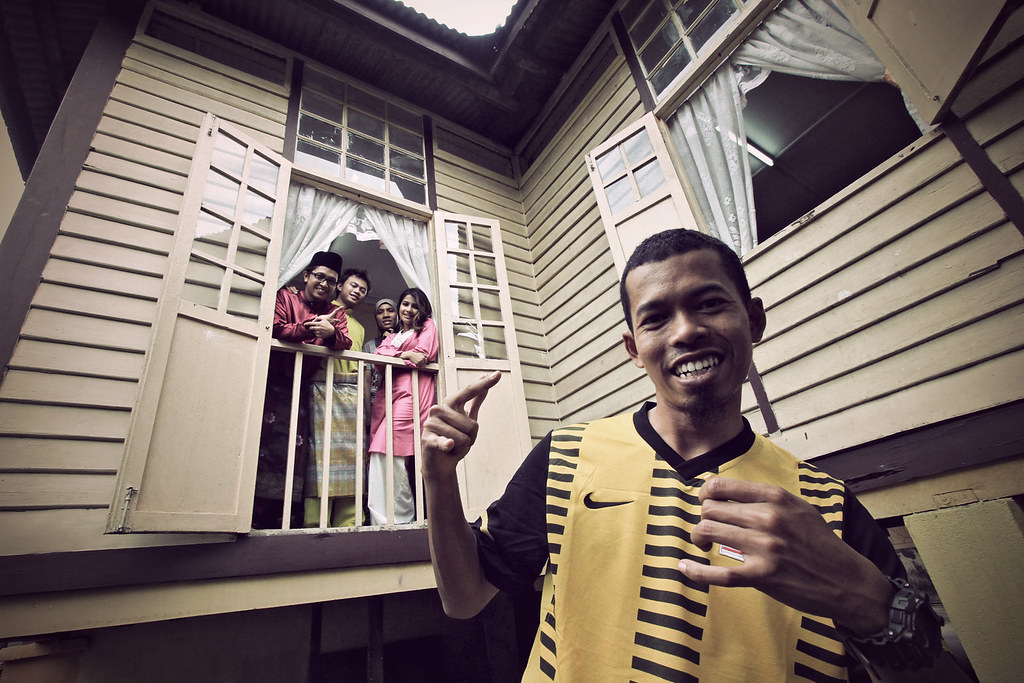
8. **Semiotics of Performance: Decoding the Actor’s Silent Language**Ever wonder how every tiny gesture or shift in an actor’s voice speaks volumes? That’s where the semiotics of acting comes in! It’s all about studying how every aspect of a performance—from a raised eyebrow to a whispered line—operates as a sign for the audience. This isn’t just about what’s *said*, but how it’s *shown*, creating layers of meaning both within the story and connecting to our real world experiences.
Fascinatingly, the Surrealist theorist Antonin Artaud took this a step further, suggesting there’s a communication that happens ‘beneath’ conscious meaning. He compared the effect of an actor’s performance to a snake charmer mesmerizing a snake, calling it ‘mimesis’—the same term Aristotle used for enacted storytelling. This suggests that ‘vibrations’ can pass from actor to audience, creating ‘affects’ or feelings that don’t necessarily have a clear, decipherable ‘meaning’ but are profoundly felt.
Different acting approaches grapple with semiotics in unique ways. Konstantin Stanislavski, for example, talked about how an actor, building on their ‘experiencing’ of a role, must consciously shape their performance to support the drama’s overall significance—what he called establishing the ‘perspective of the role.’ Then you have Bertolt Brecht, whose epic theatre demanded actors clearly highlight the socio-historical importance of their characters’ actions through specific choices, establishing the ‘not/but’ element in a physical ‘gestus.’
Patrice Pavis, a theatre semiotician, beautifully summarized the core debate: “Acting was long seen in terms of the actor’s sincerity or hypocrisy—should he believe in what he is saying and be moved by it, or should he distance himself and convey his role in a detached manner?” He argues that the answer depends on the desired audience effect and theatre’s social function. Ultimately, even the most ‘natural’ acting styles, like Stanislavski’s or method acting, rely on codified systems of behavior that audiences perceive as believable, showing how deeply ingrained these ‘signs’ are in our understanding of performance.
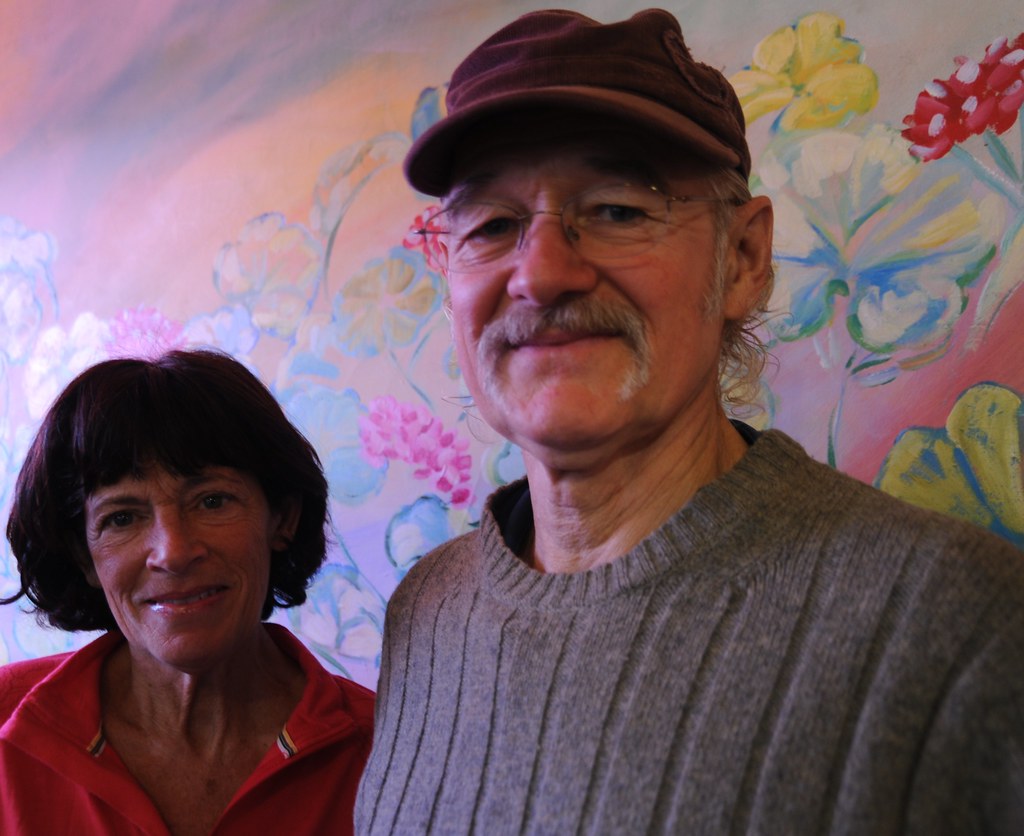
9. **Beyond Interpretation: Recognizing Acting as a Creative Art**Is an actor just a fancy puppet, interpreting someone else’s words? Absolutely not! There’s a long-standing debate, but the consensus among many is that acting is a distinct, creative art form in itself. Think about it: when a composer like Verdi takes Shakespeare’s *Othello* and turns it into a magnificent opera, the music is undoubtedly a creative achievement. It’s not just an imitation; it’s a re-imagining in a different medium.
Similarly, an actor transforms a script into a living, breathing character. It’s why we talk about ‘John Gielgud’s Hamlet’ or ‘John Barrymore’s’—because each actor brings their unique creative vision to the role, making it uniquely theirs. As the American drama teacher Brander Matthews once remarked, “The actor needs to have under control not only his gestures and his tones, but all other means of stimulating sensibility and these should be ready for use at all times, wholly independent of the words of the text.” It’s about more than just the lines!
The great 19th-century Italian tragedian Ernesto Rossi echoed this sentiment, stating that a “great actor is independent of the poet, because the supreme essence of feeling does not reside in prose or in verse, but in the accent with which it is delivered.” This highlights how the actor’s unique contribution—their voice, their body, their emotional depth—transcends the written word, giving it life and genuine feeling. It’s truly a creative act of bringing something new into existence.
Even French philosopher Denis Diderot, himself a dramatist, acknowledged this profound truth: “even with the clearest, the most precise, the most forceful of writers, words are no more, and never can be more, than symbols, indicating a thought, a feeling or an idea; symbols which need action, gesture, intonation, and a whole context of circumstances, to give them full significance.” This means the actor’s job is to fill in all those symbolic gaps, creating a complete, compelling character that resonates.
To truly grasp acting, you must see it as a creative medium demanding a creative act. The actor isn’t just a vehicle for a playwright’s words; they are the ‘piano and the pianist,’ simultaneously the instrument and the artist playing it. It’s a craft that demands profound emotional, mental, and physical control, pushing far beyond mere interpretation to create something entirely new and captivating for the audience.
Read more about: Demystifying the Road: An Expert Guide to America’s Confusing Road Signs for Smarter Driving
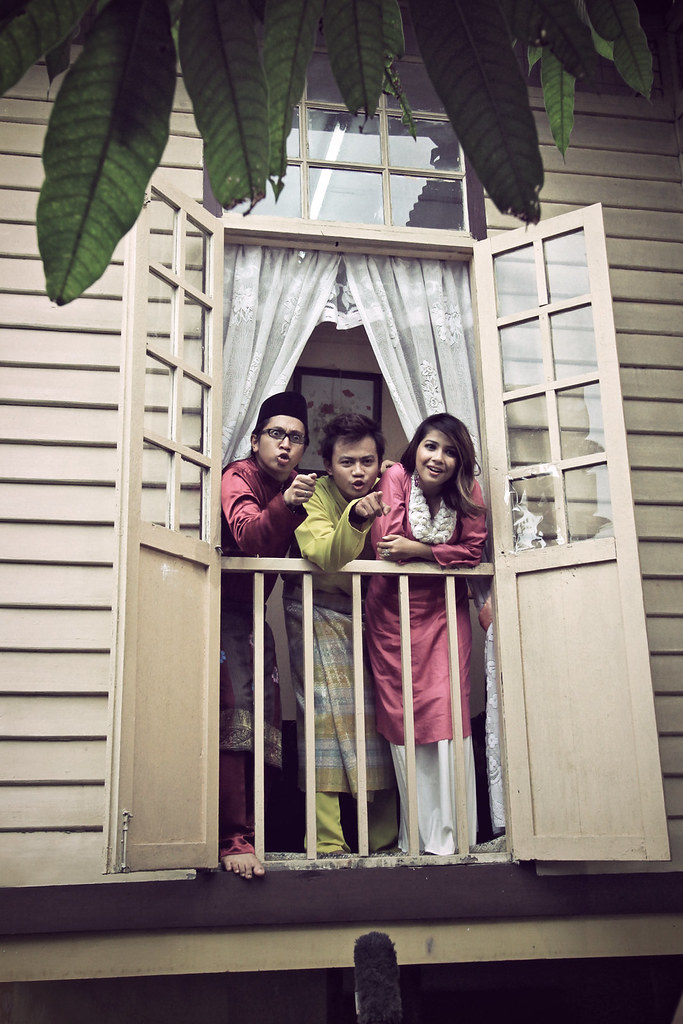
10. **Crafting Your Story: The Essential Acting Resume**Alright, so you’ve got the skills, the creativity, and the passion. Now, how do you actually *get* those coveted roles? First up: the acting resume. This isn’t your average corporate resume; it’s a whole different beast! Generally shorter and favoring bulleted lists over lengthy paragraphs, its main goal is to quickly showcase your experience and special talents to casting directors.
Crucially, an acting resume almost always includes a professional headshot, often placed on the back. Think of it as your visual calling card, instantly putting a face to the name. Beyond that, many actors also attach a short ‘reel’—a 30-second to 1-minute video montage of their previous performances. This allows casting directors to see your range and talent in action, making a much stronger impression than words alone.
What should you fill it with? Your resume needs to clearly list all the projects you’ve been a part of, whether they’re plays, movies, or TV shows. Don’t forget to highlight any special skills you have, like speaking multiple languages, stage combat, or unique talents—these can often set you apart from the crowd. And, of course, your contact information needs to be front and center, making it easy for those dream roles to find you!
Building this resume is a dynamic process; it evolves with every new project you land. It’s a testament to your hard work and dedication, proving that you’re not just passionate about acting but actively pursuing and honing your craft. It’s your professional story, concisely told, and it’s absolutely essential for opening doors in this competitive industry.
Read more about: Beyond the Brahma Bull: Unpacking The Rock’s Epic Collection of WWE Milestones and Iconic Moments
11. **Stepping into the Spotlight: Navigating the Audition Process**Once that resume is polished, the next big hurdle is the audition! This is where you actually get to show off your chops, typically by performing a monologue or ‘sides’—specific lines for one character provided by the casting director. It’s your moment to step into someone else’s skin and convince the room you *are* that character.
Auditions can be incredibly brief, sometimes as short as two minutes, especially for film or TV. However, theatre auditions might be longer, or you could be asked to perform more than one monologue, depending on the director’s requirements. The key is to be prepared for anything and everything, showing your versatility and depth in a short window.
Preparation isn’t just about memorizing lines; it’s about embodying the character from the moment you walk in. Actors are advised to dress for the part, or at least in a way that helps the casting director easily visualize them in the role. For screen auditions, be ready for multiple callbacks and often last-minute requests, with sides sometimes sent just the night before or even the morning of the audition. Talk about quick thinking under pressure!
Let’s be real: auditioning can be a serious stress-inducer, especially if you haven’t specifically trained for it. But here’s the kicker: perseverance is your secret weapon. As faculty member Paul Urcioli wisely puts it, “Sometimes you can do everything right and still not get the job. … You have to make your peace with that and just keep going.” The game is to “prepare well, show them what you’ve got and hope it links up one time.” It’s a marathon, not a sprint, and every audition is a chance to learn and grow, even if it doesn’t result in a booking.
Read more about: More Than Stifler: The Poignant, Real-Life Trials of Seann William Scott’s Enduring Career in Hollywood’s Shadows
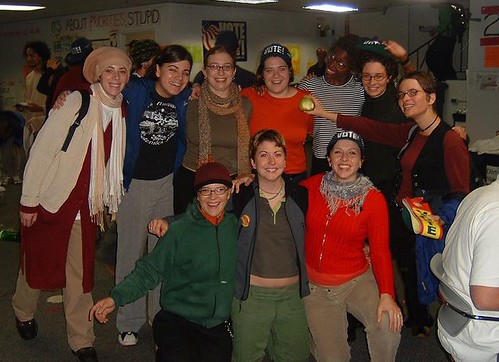
12. **The Practice Pad: The Critical Role of Rehearsal**Ever wonder how actors make those intense emotional scenes look so effortless and raw, performance after performance? It’s not magic; it’s the power of rehearsal! This essential process is where actors, directors, and the technical staff come together to prepare and meticulously practice a performance, molding it into a cohesive and impactful experience for the audience.
Rehearsal isn’t just about memorizing lines and blocking movements; it’s a deep dive into character, emotion, and the nuances of storytelling. It’s the safe space where actors can experiment, make mistakes, and truly discover their characters’ inner lives and relationships. This collaborative environment allows the entire team to refine every detail, from a character’s subtle gesture to the perfect lighting cue.
And here’s a cool fact: the work doesn’t necessarily stop once opening night hits! Some dedicated actors continue to rehearse a scene throughout the entire run of a show. Why? To keep the scene feeling fresh, alive, and exciting for every single audience, night after night. It prevents performances from becoming stale or robotic, ensuring that the emotion, like those on-command tears, feels just as real and immediate every time.
This continuous process of practice and refinement is what separates a good performance from a truly great one. It’s the commitment to constantly engaging with the material, exploring new depths, and ensuring that the story resonates with authenticity and impact. Rehearsal is, in essence, the laboratory where theatrical alchemy happens, transforming words on a page into breathtaking moments on stage or screen.
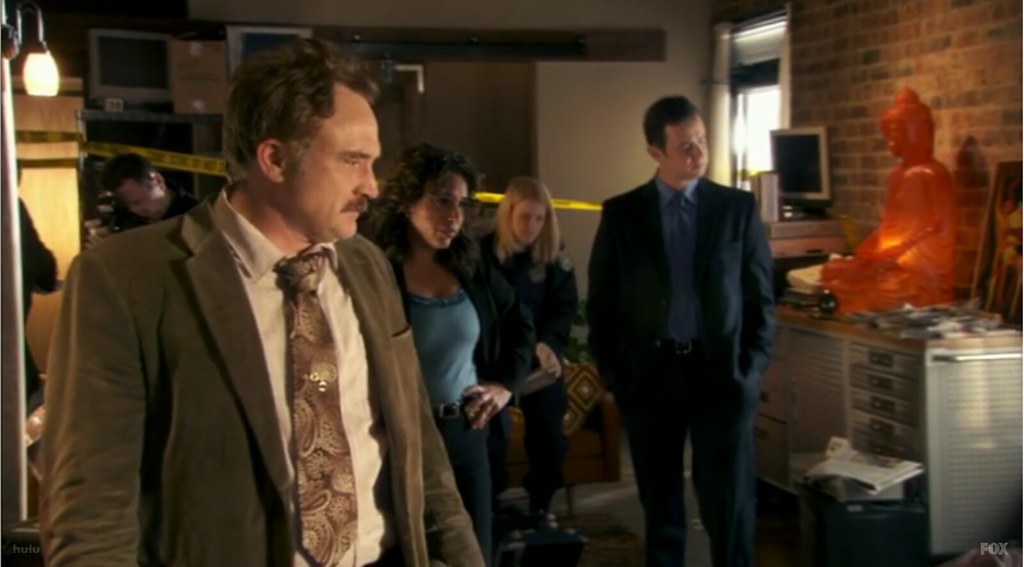
13. **The Unseen Connection: Actors, Audiences, and Emotional Resonance**Picture this: an actor pouring their heart out on stage, tears streaming. You’re completely drawn in, feeling every ounce of their pain. But what’s happening beneath the surface, for both the actor and you, the audience? It turns out, that critical, evaluative audience you’re a part of actually induces stress on actors during performance! It’s a fascinating, complex dynamic at play.
While public performances lead to extremely high stress levels, especially for amateur actors, studies have shown that this stress can actually *improve* the performance! It’s an example of ‘positive stress in challenging situations,’ pushing actors to deliver their best. It’s a high-stakes environment where the pressure can forge brilliance.
Heart rate, our trusty stress indicator, tells an intriguing story. Actors consistently show an increase in heart rate due to anxiety before a show even begins. What’s more, heart rates often increase *more* during actual performances compared to rehearsals. Why? Because of the ‘increased pressure’ and the ‘potentially greater impact on an actor’s career.’ The stakes are higher when it’s live and real!
Interestingly, while heart rate spikes during the performance, it tends to drop significantly after a monologue, a big action scene, or the conclusion of the show itself, as the stress-inducing activity winds down. However, don’t pack up just yet! Studies also reveal a rapid spike in heart rate during the applause *after* the performance. It’s as if the body’s final emotional release comes with the audience’s appreciation, a testament to the profound connection between performer and spectator.
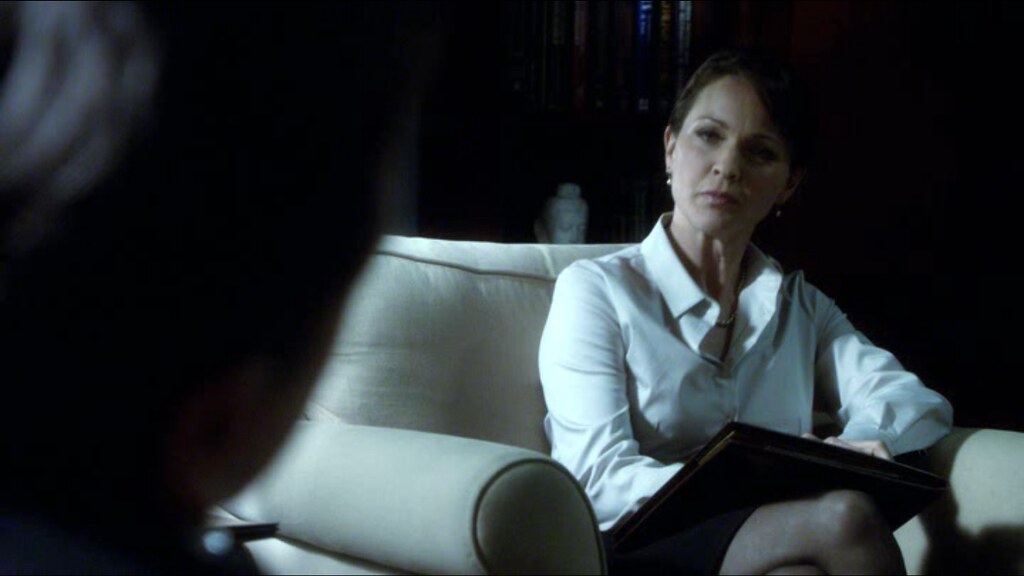
14. **More Than Just a Job: Acting for Well-being and Human Connection**So, we’ve talked about acting as a craft, an art, and a career path. But what if we told you it also offers surprising benefits for well-being? Believe it or not, acting has been shown to be an effective tool for reducing stress created by social anxiety! Stepping into another character’s shoes can provide a safe space to explore social interactions without the personal vulnerability, building confidence and reducing real-world anxiety.
This connection between performance and well-being isn’t just modern psychology; it’s rooted in our very human nature. The conventions that govern acting are closely related to structured forms of ‘play,’ which, as theorists like Johan Huizinga and Roger Caillois explored, involve specific ‘rules of the game.’ Caillois even identified four aspects of play relevant to acting: ‘mimesis’ (simulation), ‘agon’ (conflict), ‘alea’ (chance), and ‘ilinx’ (vertigo, identification, or catharsis)—all experiences integral to dramatic performance.
Perhaps the deepest connection lies in Aristotle’s ancient observation that the desire “to imitate in play as an essential part of being human and our first means of learning as children” is fundamental. He noted that “man is the most mimetic of all, and it is through mimesis that he develops his earliest understanding; and equally natural that everyone enjoys mimetic objects.” This innate human instinct to imitate and play forms the very bedrock of what actors do, connecting their art to our earliest developmental experiences.
It’s no wonder that in English, the word ‘play’ or ‘game’ was the standard term for dramatic entertainment until William Shakespeare’s time, and actors were simply ‘players.’ This linguistic legacy highlights how deeply intertwined performance is with our fundamental human drive for imaginative engagement and social interaction. Acting, in this light, isn’t just about entertainment; it’s a vital expression of what it means to be human, a tool for understanding ourselves and others, and even a pathway to personal growth and emotional resilience.
Read more about: You Won’t Believe These 13 Celebrities Are Working Regular Jobs Now
From mastering the art of crying on command to navigating the complex dance between character and audience, acting is a truly fascinating and multifaceted discipline. It’s a journey of continuous learning, intense dedication, and profound self-discovery. These 14 insights reveal that behind every incredible performance is a world of training, theory, and a deep understanding of what makes us tick. So next time you see an actor bring a character to life, remember: it’s not a trick, it’s the beautiful, intricate art of being human.

